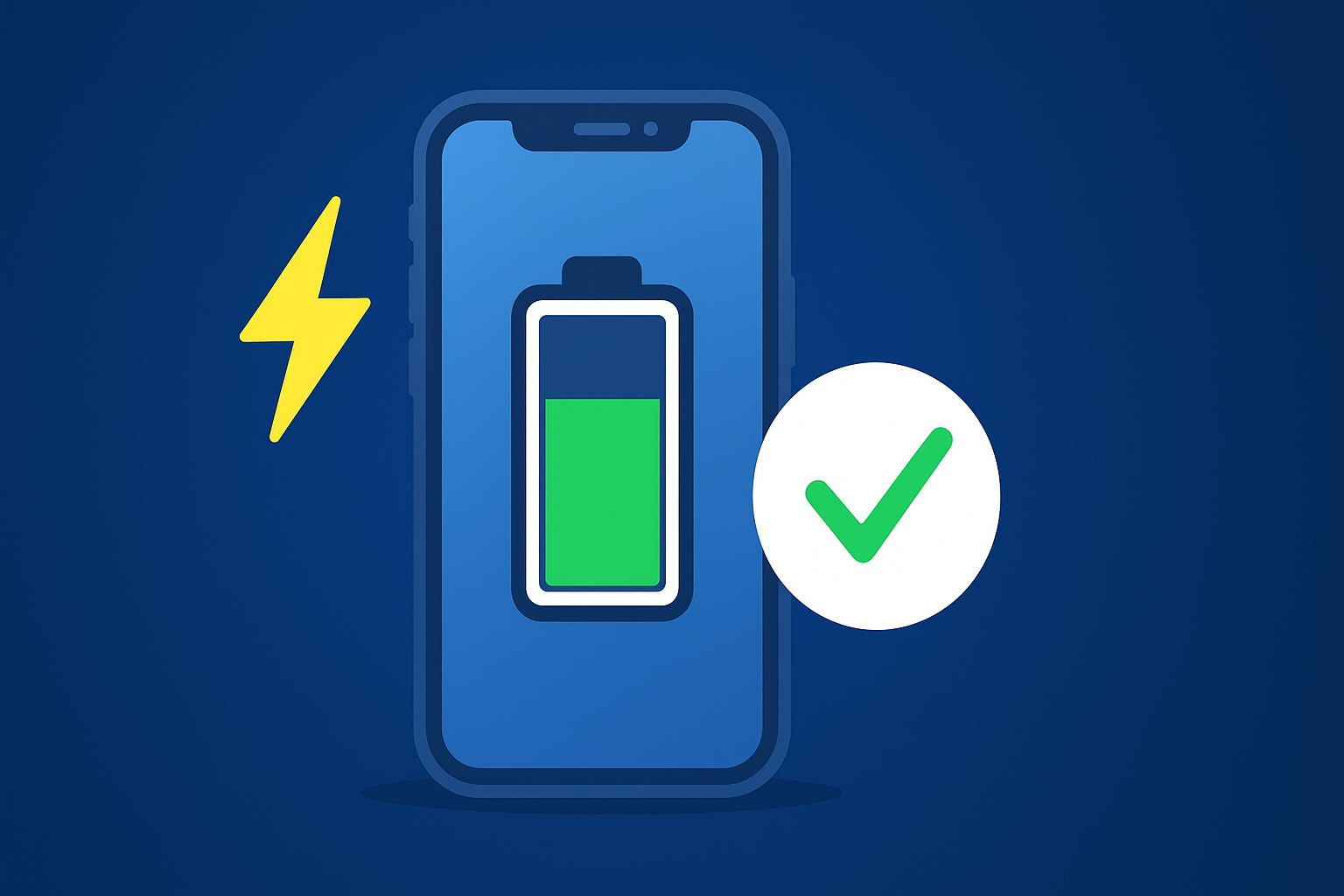We’ve all been there: you unplug your phone battery at 100% in the morning, and by lunch, it’s already begging for a charger.
Let’s unpack what’s really happening — and how smarter app design can make a huge difference.
🔋 1. Background Processes That Never Sleep
Even when you “close” an app, it might still be wide awake — syncing data, tracking location, sending analytics, or checking for new messages.
All of these invisible background tasks use your phone’s processor, network, and GPS — three of the biggest battery hogs.
✅ Smart fix: Schedule background updates at intervals instead of running them constantly. For example, syncing every 15 minutes instead of every few seconds can save hours of battery life.
📶 2. Network Calls Are Expensive
Every time an app connects to the internet — fetching images, videos, or data — your phone spins up the CPU and network radio. Poorly optimized apps often make repeated or unnecessary calls, draining both battery and bandwidth.
✅ Smart fix: Use caching and batch requests. Instead of pinging the server for every small update, store data locally and refresh it periodically.
🌡️ 3. Graphics and Animations That Overheat
Smooth transitions and flashy 3D effects look great — but they come at a cost. High frame rates and complex visuals keep the GPU busy, heating up your phone and burning through battery faster.
✅ Smart fix: Limit frame rates, compress images, and reduce animation frequency when the device is in low-power mode.
📍 4. GPS and Sensors in Overdrive
Location-heavy apps (like delivery or fitness trackers) are among the biggest power consumers, especially if they track every movement continuously.
✅ Smart fix: Use “significant change” location updates. The app only wakes when the user actually moves, rather than tracking every step in real time.
🧠 5. Inefficient Code = Wasted Power
Sometimes, the culprit isn’t the feature — it’s the code. Infinite loops, endless logging, or sensors left on after use can silently eat away at battery life.
✅ Smart fix: Regular code reviews and power profiling help catch these inefficiencies early, before they reach users.
⚙️ 6. The Rise of Battery-Aware Apps
Modern mobile platforms like Android and iOS now automatically restrict background activity and flag power-hungry apps. Still, the best developers go a step further — they design for efficiency from the start.
💡 Final Thought
Battery-friendly design isn’t just a developer detail anymore — it’s part of the user experience. An app that saves power feels faster, runs cooler, and earns user trust.
Because in a world full of notifications and open tabs, the most powerful app is the one that respects your battery.
Jump into our new LinkedIn thread on — Why Battery Drain Happens — and How Smart Apps Avoid It
Also, read our last article: Firewalls — The Silent Bodyguards Protecting the Internet

Leave a Reply
You must be logged in to post a comment.